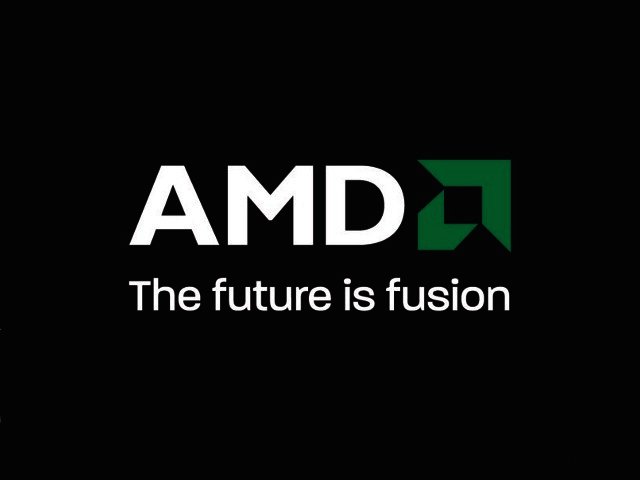PREVIOUS ARTICLENEXT ARTICLE
NEWS

New AMD Llano chip unveiled
By Johan Keyter 19 October 2010 | Categories: news
Advanced Micro Devices (AMD) yesterday revealed its new Llano chips featuring a highly integrated design aimed at slim computers such as notebooks, netbooks and possibly tablets.
According to CNET, AMD held the first demonstrations of the new Llano chip, also known as the AMD Fusion Accelerated Processing Unit (APU) at the AMD Technical Forum & Exhibition in Taipei, Taiwan.
The system-on-a-chip, which utilises a single piece of silicon will be aimed at ultra-thin computers and uses 32-nanometre technology, featuring up to four CPU processor cores and integrating AMD's (ATI) 5000 series graphics cards.
AMD is in a powerful position at the moment as they can produce both central processing units (CPU's) and graphics processing units (GPU's), thanks to its acquisition of ATI. Utilising both companies' expertise allows AMD to combine the technology and create what it calls APU's, integrating processing and graphics onto a single chip.
During AMD's demonstration in Taipei the company showed its chip running three tasks or 'workloads' simultaneously namely, calculating the value of Pi to 32 million decimal places, running a physics simulation in DirectX 11 and decoding HD video from a Blu-ray disc, quite impressive for a single chip.
Using Microsoft's n-Body DirectCompute application AMD claimed that its chip reached 30 gigaflops, meaning literally billions of floating point operations are taking place every second.
The chip is due sometime during the first half of next year, but no release dates have been finalised as of yet.
USER COMMENTS
Most Read Articles
Read

Magazine Online
TechSmart.co.za is South Africa's leading magazine for tech product reviews, tech news, videos, tech specs and gadgets.
Start reading now >
Download latest issue
Have Your Say
What new tech or developments are you most anticipating this year?
New smartphone announcements (44 votes)
Technological breakthroughs (29 votes)
Launch of new consoles, or notebooks (14 votes)
Innovative Artificial Intelligence solutions (29 votes)
Biotechnology or medical advancements (24 votes)
Better business applications (160 votes)



